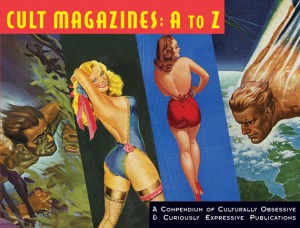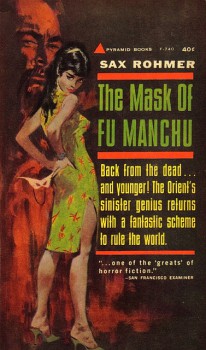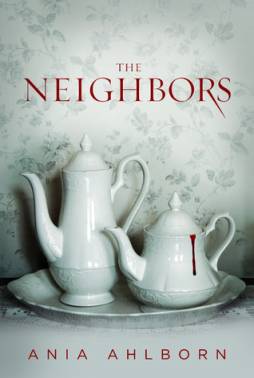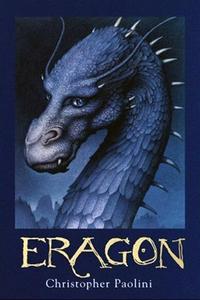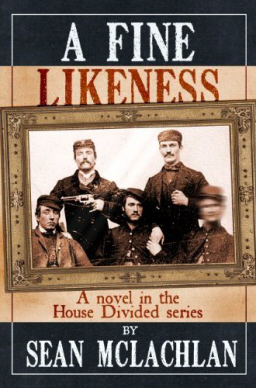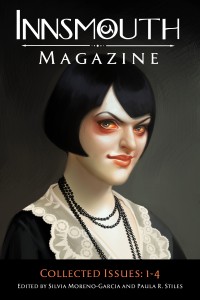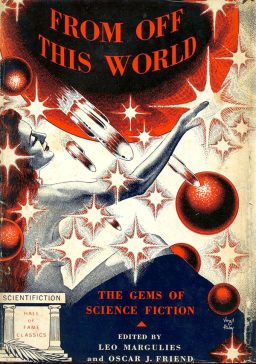John Myers Myers, Silverlock, and the Commonwealth of Letters
 It’s been said that this is the age of the mash-up: of art formed from the fusion of other works of art. A film like The Avengers blends together characters from five other movies. Fan-fiction interrogates texts we thought we knew, crossing characters from one tale over into another. At an extreme, a work like Alan Moore’s League of Extraordinary Gentlemen imagines a world where every character derives from some other source, comes from some other story; imagines a world where all stories overlap and so make a strange collective setting. In fact, though, this is really nothing new. Crossovers, it has been said, date back to Homer writing of heroes coming together to fight the Trojan War. And League of Extraordinary Gentlemen-style mash-ups have precedents as well; I have not read Philip José Farmer’s Riverworld books, nor have I read John Kendrick Bangs’ Associated Shades novels, which date back to the 1890s, but I have read John Myers Myers’ 1949 novel Silverlock, and came away from it with a few thoughts.
It’s been said that this is the age of the mash-up: of art formed from the fusion of other works of art. A film like The Avengers blends together characters from five other movies. Fan-fiction interrogates texts we thought we knew, crossing characters from one tale over into another. At an extreme, a work like Alan Moore’s League of Extraordinary Gentlemen imagines a world where every character derives from some other source, comes from some other story; imagines a world where all stories overlap and so make a strange collective setting. In fact, though, this is really nothing new. Crossovers, it has been said, date back to Homer writing of heroes coming together to fight the Trojan War. And League of Extraordinary Gentlemen-style mash-ups have precedents as well; I have not read Philip José Farmer’s Riverworld books, nor have I read John Kendrick Bangs’ Associated Shades novels, which date back to the 1890s, but I have read John Myers Myers’ 1949 novel Silverlock, and came away from it with a few thoughts.
Silverlock imagines a Commonwealth of Letters inhabited by the world’s great fictional characters. Into this Commonwealth comes one A. Clarence Shandon, gifted with a white streak in his hair from which he’s nicknamed ‘Silverlock.’ A former business student, Shandon’s completely ignorant of books and literature, so does not fully realise into what sort of land he has fallen: a land where every character, every name, comes from fiction or mythology. The book follows Shandon through the Commonwealth, as he is forced to learn and grow in the course of a three-part journey.
The book is greatly beloved by some. My copy has essays by Poul Anderson, Larry Niven, and Jerry Pournelle praising it to the skies. For myself, I enjoyed it, with reservations. It’s a fun book, but I couldn’t help but feel that Myers bit off more than he could chew — or, perhaps, that the idea was setting up greater expectations (as it were) than he or anybody could fulfill. Still, the book did seem to me to be worth writing about, because whether or not it’s wholly successful in itself, it raises a host of interesting questions about the nature of fictional characters, and how they work, and how we read them, and how these things may change in time.
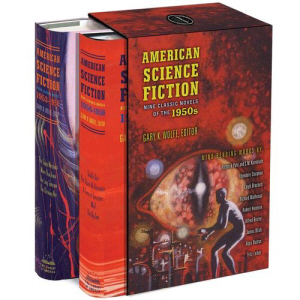
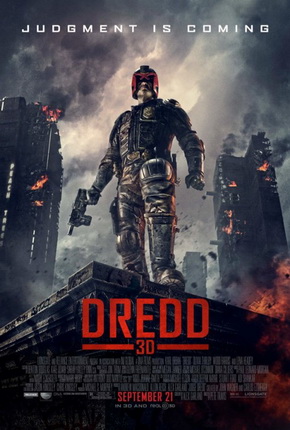 The Charge: Attempting to re-start a film franchise about a classic comic book character.
The Charge: Attempting to re-start a film franchise about a classic comic book character.